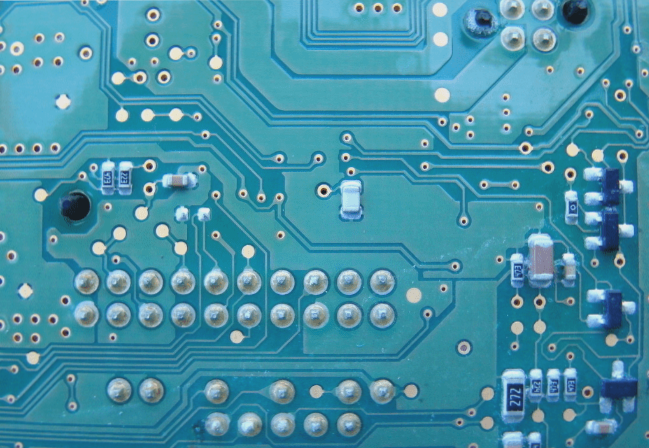The Importance of Solder Mask in PCB Design
The solder mask is a critical component in managing solder defects during the reflow soldering process. PCB designers should focus on minimizing spacing or air gaps around pad features to ensure successful soldering.
Special Considerations for Fine-Pitch Components
While it is common practice to separate all pad features on the board with solder mask, fine-pitch components like QFPs require special considerations. For BGA solder masks, designs that cover the areas between pads without contacting them can help prevent solder bridging.
Solder Mask Thickness and Application
Most surface mount PCBs are coated with solder mask, but a thickness exceeding 0.04 mm can impact solder paste application. For PCBs with fine-pitch components, a low-profile photosensitive solder mask is recommended.

Understanding Solder Mask and Soldering Layer
- Solder Mask: The area of the PCB coated with green epoxy, appearing silver-white when tinned. It serves as insulation and prevents solder bridging.
- Soldering Layer: The paste mask used for machine assembly, allowing solder to flow through the stencil onto surface mount component pads.
Key Points to Note:
Both layers are crucial for soldering processes. The presence of a solder layer indicates areas not covered by green epoxy, while the paste mask facilitates solder flow during assembly.
Insights into PCB Design Layers
Understanding the different layers in PCB design:
- The solder mask layer creates openings for soldering.
- Areas without a solder mask are coated with green epoxy.
- The paste mask layer is essential for surface mount packaging, ensuring proper solder application.
Clarifying a Common Question
Addressing the statement regarding the copper skin layer and solder layer relationship:
It is accurate that the copper skin layer corresponding to the solder layer must contain copper to be tinned or gold-plated. The solder layer indicates areas without green epoxy insulation.
If you have any PCB manufacturing needs or questions, feel free to contact us.


